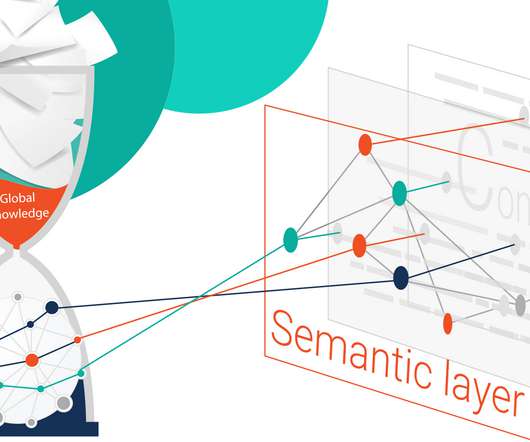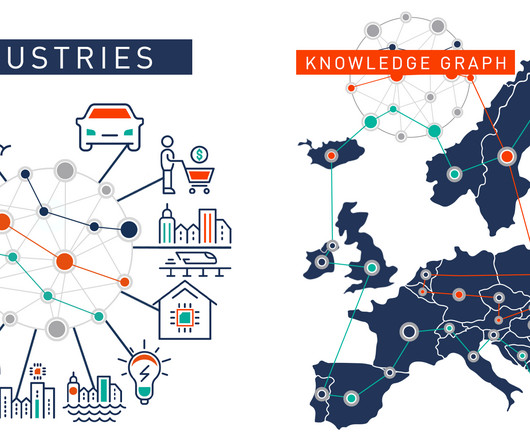Why Establishing Data Context is the Key to Creating Competitive Advantage
Ontotext
AUGUST 22, 2023
Worse, and according to Gartner, upward of 80% of enterprise data today is unstructured which further exacerbates the loss of knowledge, insights, and the wisdom needed to make effective business choices. As a result, organizations are looking for fresh data integration approaches to challenge the mindset with which we created them.













Let's personalize your content